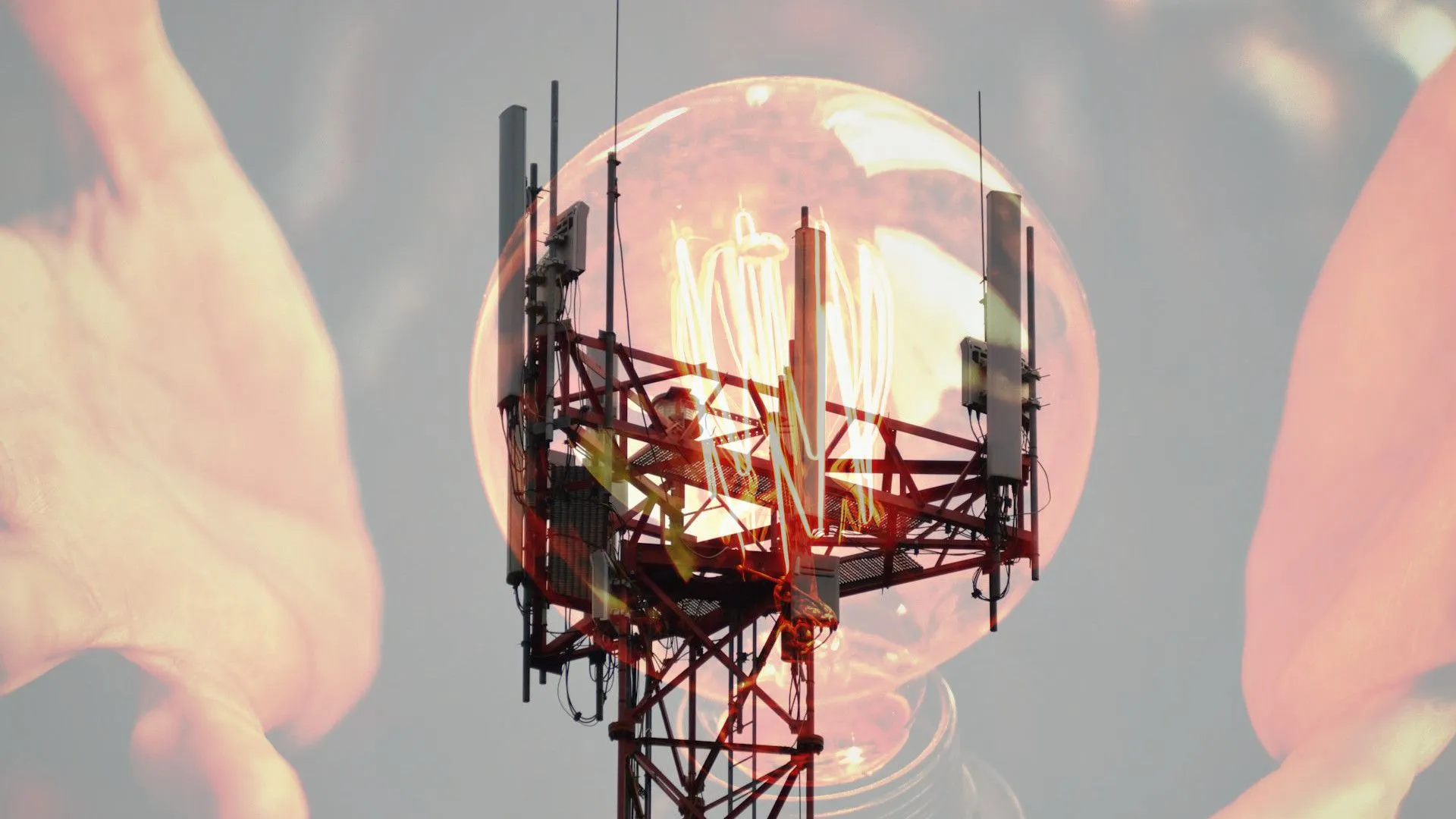
Researchers discover battery-free technology that harvests power from radio and Wi-Fi signals for low-powered devices
Researchers at the National University of Singapore (NUS) have found a new type of energy harvesting module which extracts energy from radio frequencies (RF).
Typically called ‘waste energy’, these modules convert the RF signals into DC voltage which can be used by low-powered devices. The radio frequency energy harvesting modules could reduce the dependency on batteries for certain applications. Remote areas and certain situations where swapping batteries regularly is not possible.
This research is a collaboration with other researchers from Tohoku University in Japan and the University of Messina in Italy. In the press release we can see that the research team are clear that such technology helps to reduce our dependency on batteries. This would also reduce the environmental impact of batteries, extending device lifetimes and enabling new types of wireless sensor networks and IoT devices in situations where battery replacement is not pragmatic.
This technology also helps to extract from low RF power levels, implying its usefulness in many low-powered applications, such as temperature sensors. One of the researchers, Professor Yang Hyunsoo of the NUS said, “We optimized the spin-rectifiers to operate at low RF power levels available in the ambient, and integrated an array of such spin-rectifiers to an energy harvesting module for powering the LED and commercial sensor at RF power less than -20 dBm.
The technology does have limitations because of the traditional rectifiers currently used. Professor Yang explained that this is because the Schottky diode technology has remained saturated for decades because of thermodynamic restrictions at low power. Designing a rectifier needed for a wireless energy harvesting module poses a significant challenge. The solution looks to be a nanoscale spin rectifier (SR) that can offer better wireless-to-DC voltage conversion. This would enable optimized SR devices to harvest ambient radio frequency between -62 and -20dBm. An on-chip co-planar wavelength-based SR can be developed which will hard a large zero-bias sensitivity while having a high efficiency. It also should result in better on-chip operation and hence the NUS research team are exploring the integration of an on-chip antenna to boost its efficiency.
Dr Raghav Sharma, the first author of the paper, also concurs with this assessment and stresses the importance to resolve the issue relating to conventional rectifiers. Once overcome, it would lead to the design of next-generation ambient RF energy harvesters and sensors using the new rectifier technology.
Radio Frequency Energy Harvesting (RF-EH) technologies have been researched by many scientists who also published their findings- including those who have reviewed design, methodologies and potential applications. It indicates that energy harvesting is possible from frequencies used for LTE, DTV, GSM, WLAN, HIPERLAN and C-Band typically used in urban and semi-urban areas. While it couldn’t solve issues created by larger applications, it plays a vital role in not using batteries for certain devices. But only time will tell what devices we could expect from such potential implementations.
Once its implementation is feasible and it can extract the waste energy efficiently, this innovation will enable new types of devices and uses that will be critical for commercial, scientific, medical and personal. Potentially enabling many sensors, devices and perhaps low-powered computing devices to be used for our betterment.



